Advertisement
Artist Chris Taylor’s Hyperrealistic Glass Creations Will Blow You Away
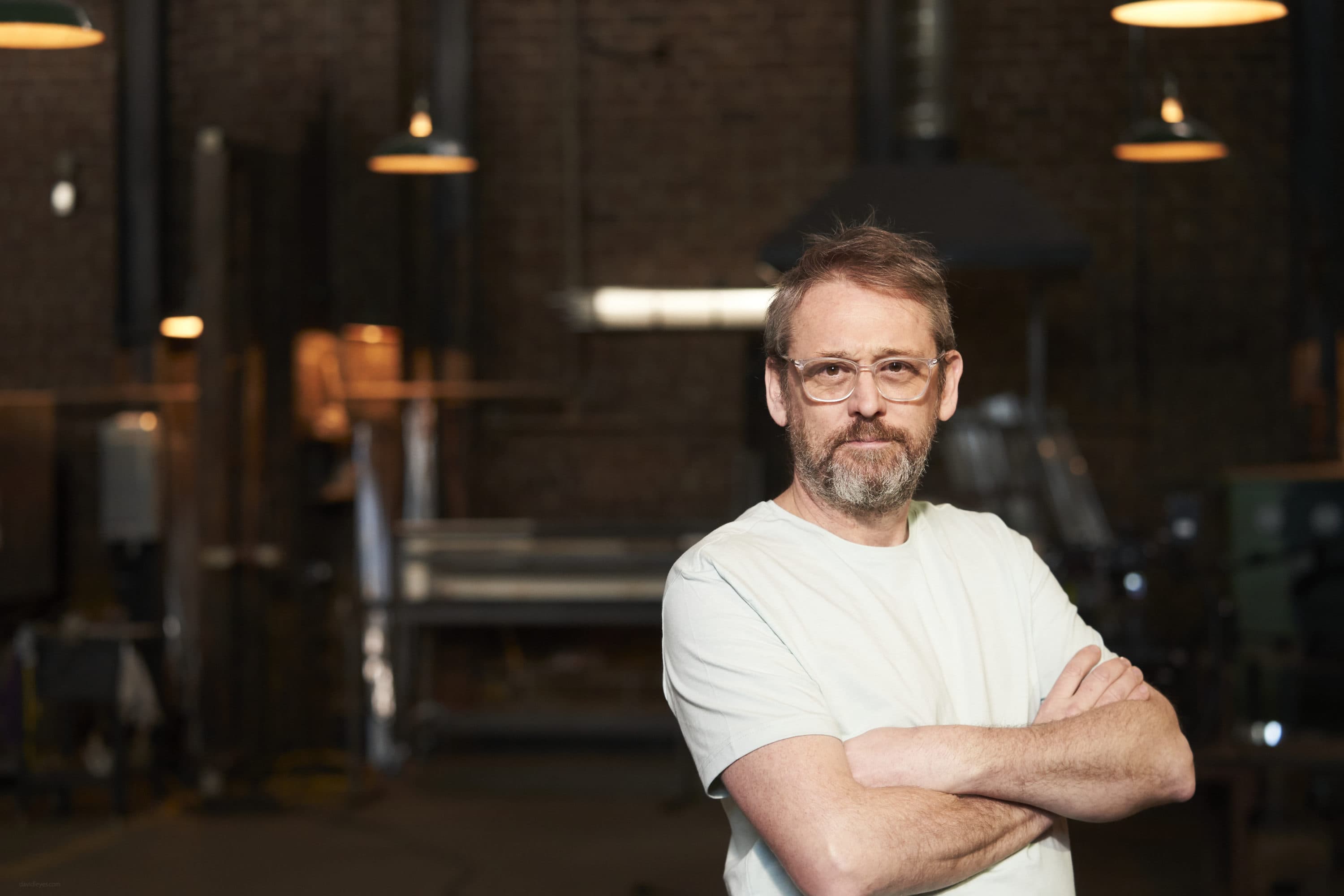
Collectively, they could be the remains of a wild party: Birthday candles, Solo cups, plastic picnic knives, drink stains, bubble wrap.
Even up close, these works of blown glass look like discarded everyday items.
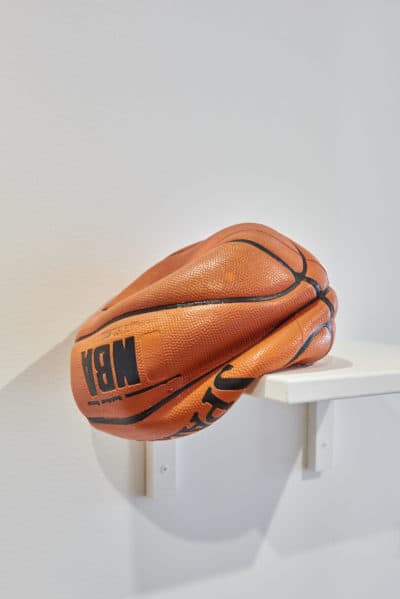
Welcome to the wonderful world of Chris Taylor, where glass might resemble anything, and anything — from a deflated basketball to rubber bands — might be inspiration for his next piece.
“I have to be careful sometimes because I make [glass replicas of] aspirin and chalk — I [might] throw it away. I have to check it on my teeth,” says Taylor, who lives in East Providence, Rhode Island.
I was introduced to Taylor’s work from Netflix’s art competition, “Blown Away.” On the show, 10 glassblowers compete for a chance to win a prize package worth $60,000, including a residency at New York’s Corning Museum of Glass.
From the first episode of season 2, released in January, we get the sense Taylor — a senior critic at Rhode Island School of Design — is revered in the glassblowing community, a rogue who does things his own way.
He’s actually the first contestant we meet in episode one: “Some people call me arrogant, and some people call me a daredevil. I would say it’s both,” Taylor says to the camera with a smile.
In one episode, Taylor takes off his own sneaker to mold molten glass. In another, he uses a technique called “the French pull” — creating a thin membrane of glass that looks exactly like shrink-wrap. (Contestant Elliot Walker, says, “I’ve read about this technique so it’s beautiful to see it.”)
Talk about daredevil: He’s also tried upside-down glassblowing.
People tend to see glass “as decorative art,” Taylor says. “People ask ‘Why would you make garbage out of glass?' And the answer is, ‘Right there. Because you asked me that question.’ I want to challenge perceptions.”
Born in Iran, Taylor lived in Argentina, Spain, the Philippines, Oman, Mexico, Belgium, the Ivory Coast and Honduras growing up. His dad John Taylor, a Pawtucket, Rhode Island native, worked in the foreign service. His mom, Charlene Taylor, was a Spanish teacher from Cranston, Rhode Island.
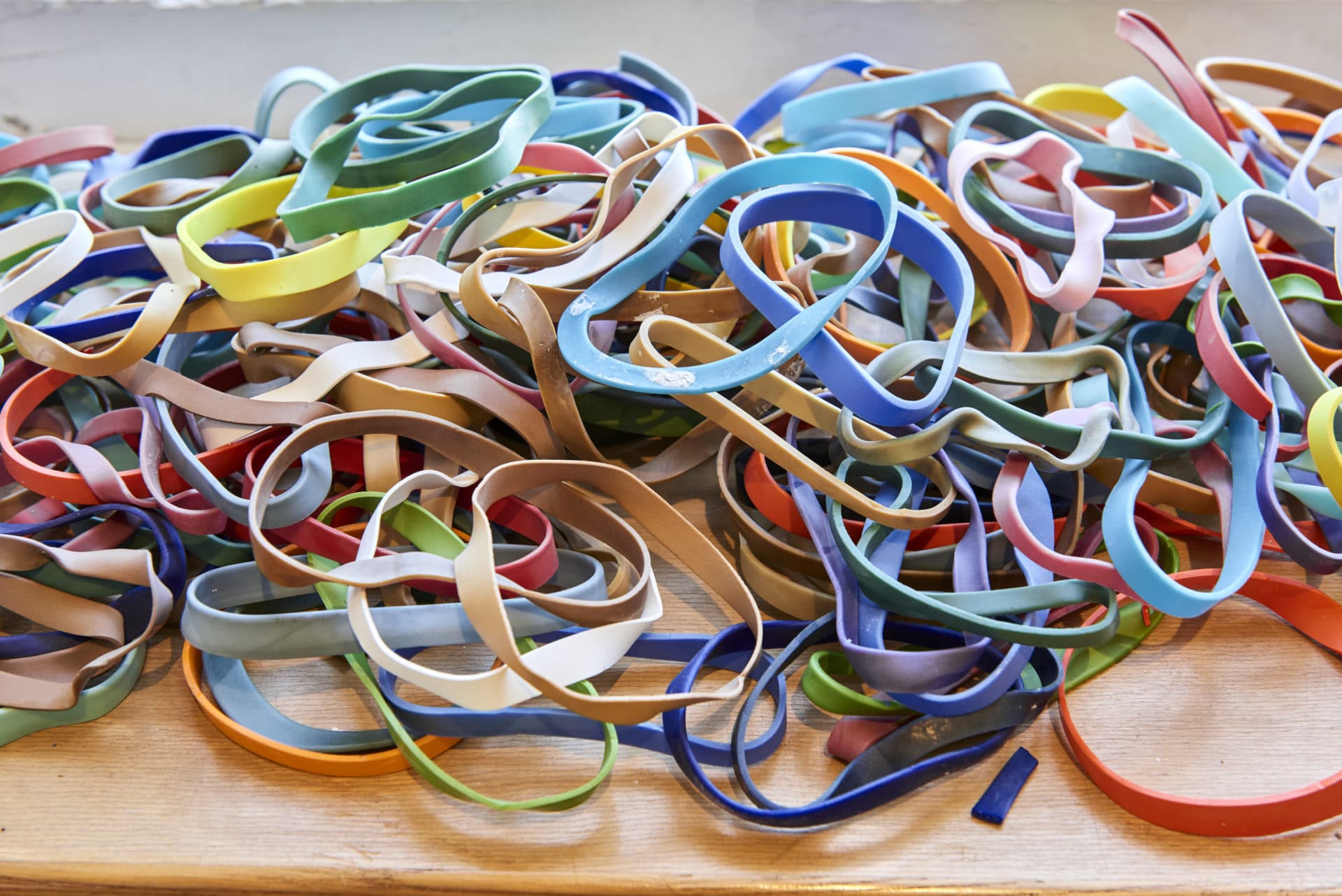
Taylor earned his bachelor’s from Ohio University in 1999, and his MFA from RISD in 2002. Along the way, he’s been an artist-in-residence at museums and universities in Nairobi, Kenya to Nagoya, Japan — and closer to home at MIT.
Taylor founded the Rhode Island-based Craft Advisory, “a studio practice that challenges conventions of art and design,” according to its website. (His Bubble Wrap glasses and lighting fixtures are so lifelike, I dare you to know they’re glass without touching.)
“Being able to be fooled is interesting to me,” Taylor says. “[I’m] just being curious about how far I can get the texture to be believable, even to myself."
I caught up with the artist to talk about his process, inspiration and his experience on the Netflix reality competition. (Spoiler alert: he placed third.)
Lauren Daley: So what made you want to sign up for “Blown Away”?
Chris Taylor: I knew about the show, and some people had encouraged me to apply. To tell you the truth, from the first season, I didn’t think too much of making work that way. It didn’t seem like something I would do, but [then] it was like, “Well, you should challenge yourself.”
You did seem to have your own way of doing things.
It was interesting to work in a short abbreviated amount of time with a [specific] challenge — it’s something I’d never do in my own studio. I usually don’t let anybody see that [process] — like if you’re writing something, it’s a dirty draft, all the misspellings. If anything was anxiety-producing, it was that.

I couldn’t believe how realistic the shrink-wrap looked when you made the iceberg.
I am just as impressed as everyone else, in terms of phenomenon. There’s all kinds of different variables when you work with glass, so if there was anything lucky, that was the luckiest thing. I’m afraid to try it again because I know it will never happen again. I’ll beat my head against the wall for years. [laughs]
The other cool thing was when you used your shoe as a mold.
I think it’s kind of tongue-in-cheek, try to poke a little fun at what we’re doing there, too. Just start to have some fun.
Are you afraid to do anything? Are there times you’ve had a scare?
To tell you the truth, more often, I’m burned at home, just doing the stupidest thing in the oven. I’m around 3,000 degrees all day, but then I get burned from a pan. [laughs]
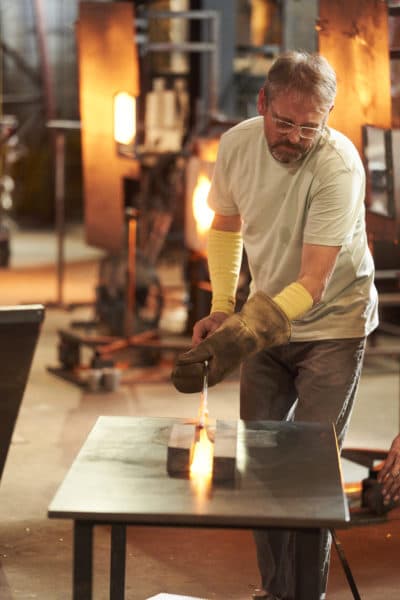
So how did you get into glassblowing? You were born in Tehran.
We moved every few years; my father was in the foreign service. I ultimately went to high school in Belgium. I came to the States in ‘88. My parents are from Rhode Island; we always summered here. I wasn’t necessarily interested in glass but in the arts. I ended up here a little bit lost, and through friendships with artists and musicians, it just kind of happened [as a job] at an artisanal glassmaking shop. As soon as I had any capability I went back to Europe.
I went back to Denmark and Italy, I was 22. I worked in small studios and small factories. I hopped around. When I was that young and unskilled, I would show up on people’s doorsteps. I was that guy.
When did it first occur to you to do glass? Did you see a certain piece?
No. I’m talking to you now and I can’t believe it. It’s one of those things, you get absorbed. I made a decision to go to school for fine arts, but I wasn’t sure it was going to be glass the whole time.
You were an artist-in-residence at MIT.
I collaborated to develop a handmade glass glider that would fly. Out of hundreds, we made four, I think, that made approximated flight — it could achieve flight in the wind tunnel. They each had one flight, and disintegrated on landing.
Wow. And you did a project on a boat, too.
That was a more recent project at Real Art Ways in Connecticut. It was a project to build everything that would be included in a glassblowing studio — the furnace, the oven to slowly cool the glass down, the bench — into a small dinghy. I towed that off the Block Island Sound here in R.I. and that was part of a show. The video was taken from a helicopter to show how isolated I was. Essentially, I just blew glass out there.
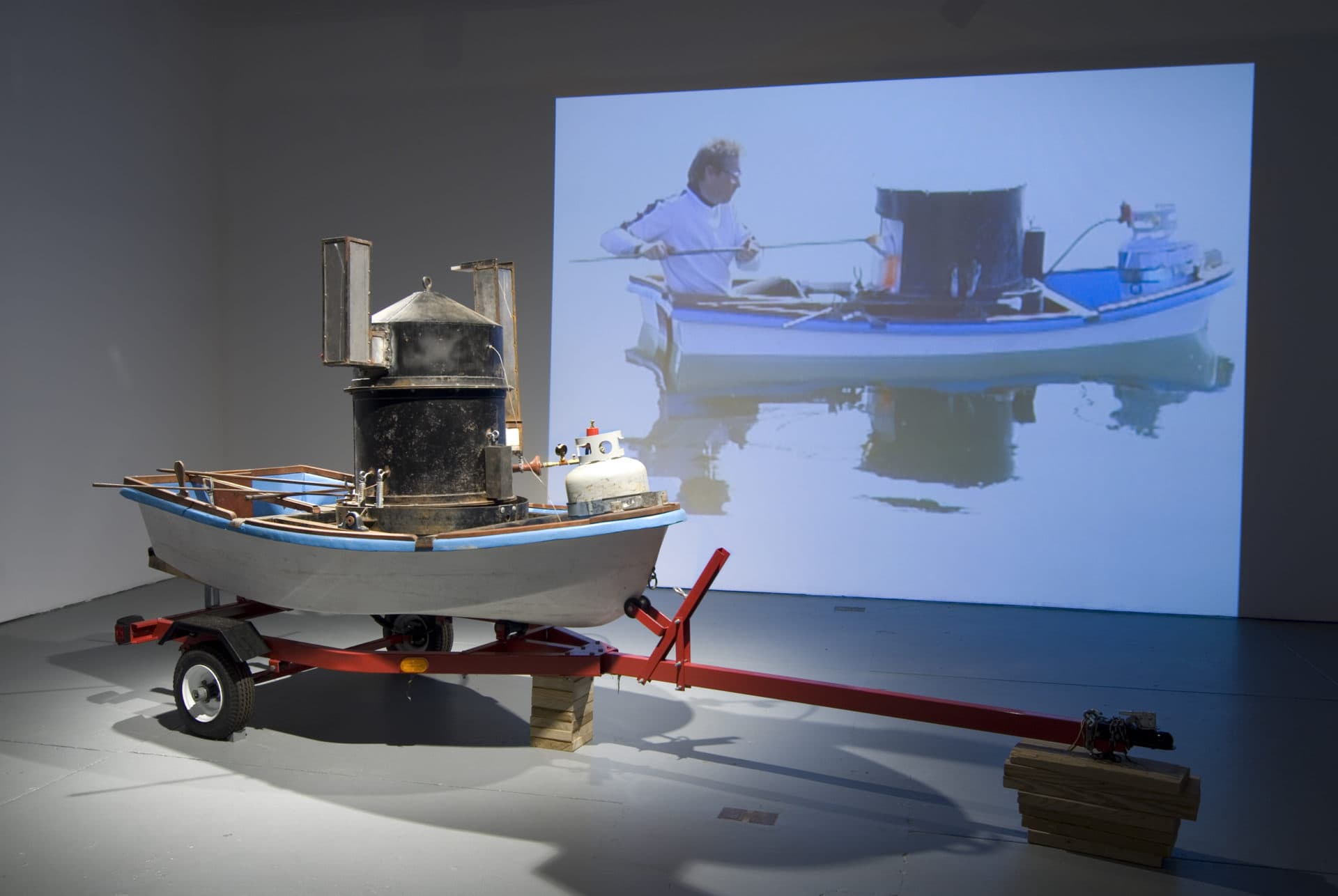
Wow, what gave you the idea for that?
I had the boat in my studio. I started to play around, started pushing it just to see if it was even possible to do. It was a playful thing.
So what sparked the idea, for say, a Styrofoam cup, and how do you make it look so real?
I’m interested in how plastic glass can be. And when it becomes so plastic, and is able to look so plastic, then I start to think about the design of Styrofoam, the ideas of design, and to actually make something as throwaway as a Styrofoam cup — which is actually a really thoughtfully designed piece — to challenge people’s perception.
But how did you first get the idea to make, say, a Solo cup?
In grad school, I was interested in making copies of things. We used to have studio visits every week with an artist who would come in, we’d show them work — I’d have all this garbage, but it was made of glass. And my studio visit was having them realize for the first few minutes: "What do you do? I don’t see anything here.” Then for them to realize one of these things was challenging their perception. Then everything in the room became opportunity — my keys. ‘Is that glass? Is that?’ That became interesting to me. I got to see the whole cycle of [them] realizing [an object] was glass. That became interesting to me, to follow that thread.
What are you trying to say in doing that?
Challenging people’s perceptions is at the top of the list.
This interview has been edited and condensed.
